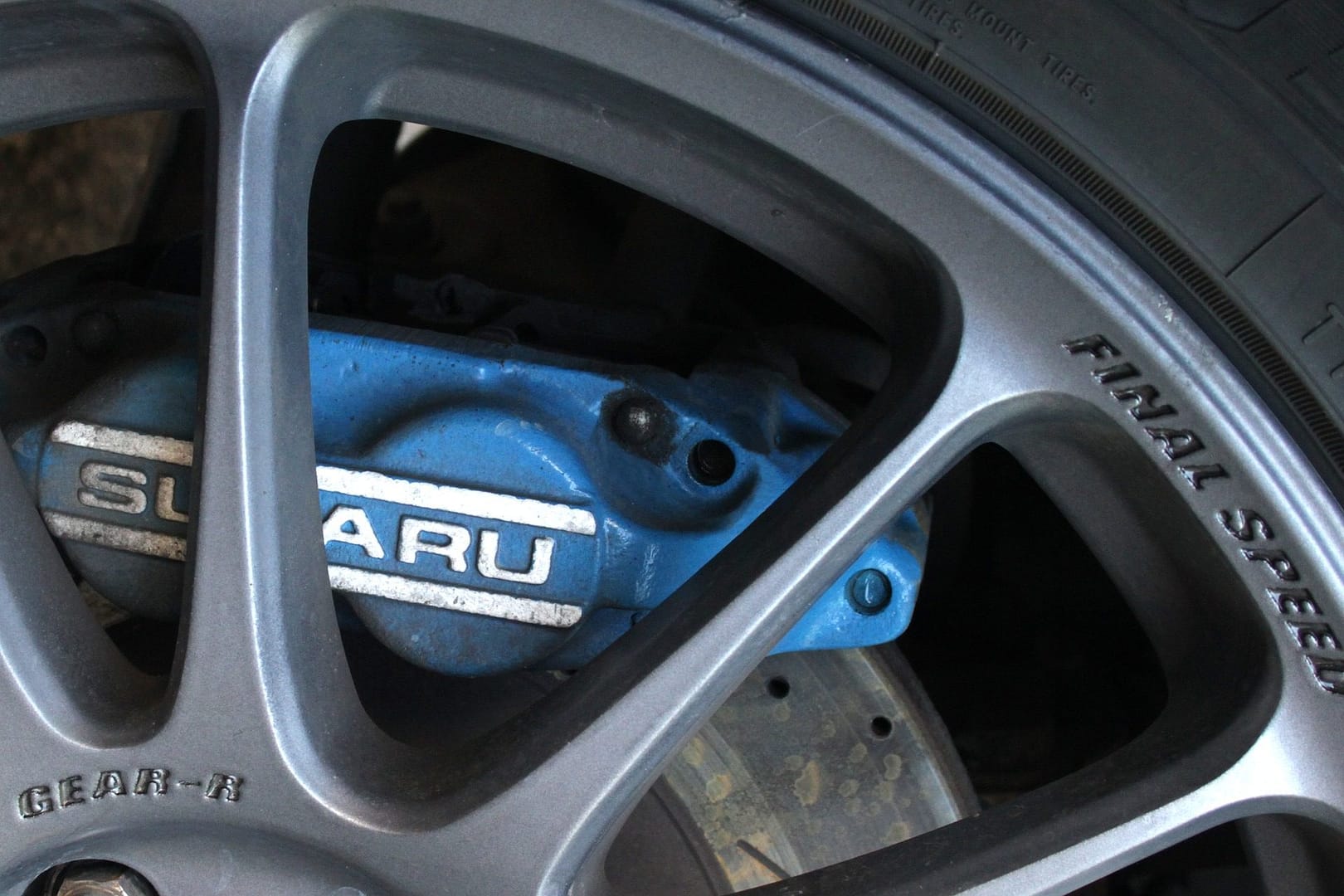“The Busted Knuckle Chronicles”
Ramblings from our founder Joel Edson
When I started Alternative Autoworx one of my main goals was to inform my customers about their cars and this business in general.
This attempt will be directed towards “Brakes”
During a recent conversation with one of our customers it became apparent that there was an opportunity to inform all my customers about the evolution of brakes on their cars.
Some of us know the main parts of the brake system include:
- Brake PADS (the wearable parts),
- The brake ROTORS (the disc shaped metal piece the Pads push against)
- And the CALIPERS (the part that pushes the pads against the rotors to stop the car)
When the stopping process happens there is extreme heat generated between the brake pads and the rotors. Some of this heat is dissipated through venting on the rotor. Depending on how long and hard we’re braking determines how much heat is generated. While the components are designed for this, too much heat can damage both the rotor and the brake pads. Most original manufacture Calipers are pretty beefy and can withstand quite a bit of abuse. Not that we don’t occasionally replace them but there’s too much liability on the line to make this part cheap.
Up until the 1990s the rotors were made of enough metal to perform a machining process or resurfacing where a small amount of metal was taken from each side of the rotor surface to provide a new flat area for the brake pads to push against. This “re-surfacing” would remove any groves or warpage to eliminate any noise or shaky brake pedal or steering wheel shimmy when braking. Stamped or embossed into or onto the Rotors is a measurement from the manufacturer of a minimum thickness limit (by Law) of how thin these rotors could be machined before they are considered unusable. Prior to the 1990s the Rotors were generally thick enough to resurface 2 times before being too thin to reuse. Since then the manufacture has designed the rotor lighter and thinner to save production costs and also save weight for fuel economy. They leave out the part that the result of this is they can sell more replacement parts.
So now the common outcome of re-surfacing rotors is that they don’t meet the minimum requirements by law. The end result is if we re-surface your rotors and then have to replace them anyway due to the standards, it raises the cost of the job. (I still have to pay my tech to re-surface regardless of the outcome). So in light of these factors it’s common practice for us to save you the costs of re-surfacing and put that savings into the price of a new rotors. We use factory grade or better parts on every brake job we do to ensure your safety and value.
I think you’ll agree, there re is too much at stake not to do the job as best as possible.
I know this was a “long Walk” but something I felt the need to share. To continue informing our “Tribe” of customers to make educated decisions is our goal.

